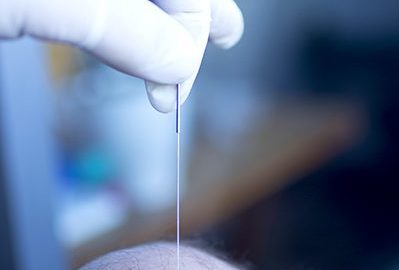What is Dry Needling?
While the term might be intimidating, dry needling is a safe, often minimally-painful technique for patients with musculoskeletal pain. Dry needling is defined by the American Physical Therapy Association as “a skilled intervention that uses a thin filiform needle to penetrate the skin and stimulate underlying myofascial trigger points, muscular, and connective tissues for the management of neuromuscular pain and movement impairments.” It is a highly effective treatment performed by trained and certified physical therapists.
What conditions can be treated with Dry Needling?
Dry needling can be used to treat a variety of musculoskeletal problems. These include, but are not limited to: headache, neck/back pain, tendonitis, muscle spasm, sciatica, hip/knee pain, plantar fasciitis, shoulder pain, muscle strains and overuse injuries.
Is Dry Needling the same as Acupuncture?
No, dry needling and acupuncture are NOT the same thing. In fact, the only similarity between the two is that they are often performed with the same tools. Dry needling is based on Neuroanatomy and Physiology stemming from Western Medicine, while acupuncture is based on Eastern, Traditional Chinese Medicine.
Where does Dry Needling fit into the Rehabilitation Program?
Dry needling is a modality to address musculoskeletal pain. It is needed in the beginning of the rehab process in order to break the pain cycle. Once that is achieved, other treatment options are introduced for stability and postural re-education to keep pain from recurring.
Where can I get more information on Dry Needling?
To speak with one of our licensed physical therapists, call the Rehabilitation Institute at (770) 219-8200. For more information, visit www.nghs.com/trigger-point-dry-needling.


